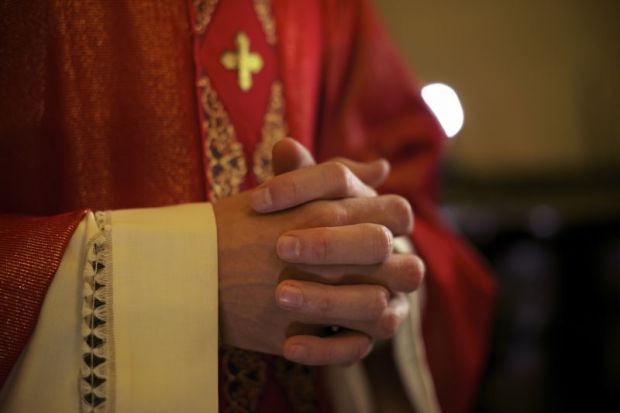Students seeking subsidised university places will have another institution to choose from, thanks to funding allocated through Australia’s mid-year economic and fiscal outlook (Myefo).
The University of Notre Dame Australia, a private Catholic institution in Perth, will effectively become part of the public university network after education minister Dan Tehan announced its reclassification as a “Table A” higher education provider.
At present, Notre Dame is categorised as a Table B provider along with the private Bond and Torrens universities and the specialist University of Divinity. Table B providers’ students have access to government-backed loans to cover their fees, but they only attract subsidies for certain “priority” courses.
The shift to Table A means that all Notre Dame’s domestic undergraduates will attract subsidies, saving more than 2,000 students thousands of dollars each while giving the university more flexibility to focus on its own priority disciplines.
The move also gives Notre Dame access to dedicated pots of money like the Higher Education Participation and Partnerships Programme, which channels extra funds to Table A institutions that embrace socio-economically disadvantaged students.
And it renders Notre Dame eligible for allocations from the A$900 million (£505 million) National Priorities and Industry Linkages Fund, a cornerstone of Mr Tehan’s recently approved Job-ready Graduates reforms.
Mr Tehan said that the university’s “promotion” to Table A status recognised its “focus on student outcomes and industry engagement”. He said that Notre Dame would attract an additional A$27 million in subsidies over the next four years.
The move is one of a handful of university-related measures bankrolled through Myefo, which normally occurs about seven months after the federal budget. This year the gap was reduced to two months, after the pandemic forced the budget’s postponement from May to October.
Other newly funded measures include a A$159 million discount scheme for students who pay their fees in advance, and A$29 million to reduce the tuition fees of counsellors and youth and community workers.
Australian National University policy expert Andrew Norton described Notre Dame’s elevation to Table A as a “logical step”. He said that it had a similar mission and ownership arrangements to the Australian Catholic University (ACU), a long-standing Table A provider established about a decade earlier, and Notre Dame’s failure to attract similar treatment was a “historical anomaly”.
“Notre Dame has long had significant public funding and acted as a de facto public university, an ACU of the west,” he said.
But Professor Norton criticised another federal government cash splash coinciding with Myefo, after the minister announced a contribution to a A$20 million upgrade of a small Catholic-owned liberal arts college in Sydney’s west.
Mr Tehan said that the A$5 million allocation to Campion College would boost educational choice. He said the government supported private institutions as well as public universities and training colleges. “Private education providers offer an alternative that improves standards and competition across the board,” he said.
Professor Norton said that the legislative basis of the allocation was unclear. “An ad hoc grant of A$5 million to another Catholic institution creates rather than corrects an anomaly,” he said.
“While there is a case for bringing more non-university higher education providers into the public funding system, this should be done based on clear criteria rather than through special deals that appear to favour one religion.”




